For the last three years, I’ve made it a point to attend Vidcon, even if that meant missing the prestigious Cannes Lions. Why? Because the roots of shifting consumer behavior, trust and influence are evident to those paying attention.
For those who are tracking what’s next, the future of entertainment and engagement is taking shape online and live in Anaheim every summer. Thousands upon thousands of young adults, children and supportive parents convene upon Vidcon every year in the hopes that they might meet, take a selfie with and learn from their favorite creator.
Within minutes upon arriving, even the most skeptical or uninitiated executive would have no choice but to appreciate and ponder the magnitude that is Vidcon.
This year, I attended for two reasons. This is the third year, I’ve had the privilege to present on the main industry stage (thank you Jim Louderback!). Second, my TechSet partner, Stephanie Agresta and I made the decision to expand our TechSet event footprint from SXSW to now also include Vidcon (thank you DabKick, What’s Trending, Shira Lazar and Vanessa Camones for making it happen!)
Return on Relationships: Influence vs. Influencer Marketing
The industry stage is designed for brands, marketers and agencies to learn from one another as well as industry experts and creators themselves. The world of entertainment and engagement only continues to evolve while also shifting away from traditional Hollywood models. Every brand knows the importance of following the audience. But what’s becoming clearer, is that when it comes to new creators, social media and mobile audiences, the gap between what connected consumers value and what brands push (and how and why) is only becoming more divisive.
I was invited to speak about digital influence and how brands can more effectively build long-term relationships with creators and their audiences. Unlike traditional celebrities and also everyday influencers, strategic creators are seeking to build value-added communities. They’re in it for the long-term and aren’t as motivated by one-off engagements to create and promote branded content.
This conversation was more than timely as organizers for the Fyre Festival were under investigation for fraud and all online influencer who promoted the event were threatened with lawsuits.
But this wasn’t a topic I wanted to address from a single point of view. Instead, I invited my dear friends Justine Ezarik (iJustine) and Jim Louderback to a fireside chat where we could offer multiple perspectives to better connect with the audience.
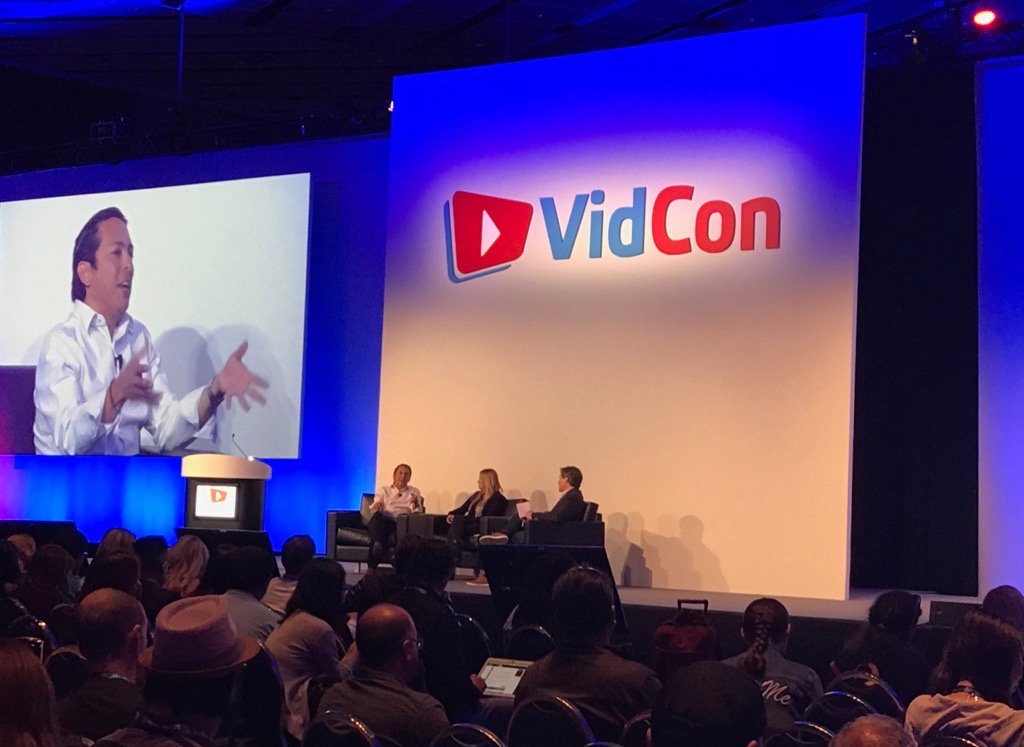
Credit: Ann Wool (@AnnWool)
The conversation was billed as an exploration of influence vs. influencer marketing:
“Influencer marketing” has become one of the most overused terms in the industry these days. But what is influence? What is an influencer? If someone buys views, followers, likes, and shares, are they truly an influencer? How do you judge organic vs. paid influence in this world? Brian Solis, from Altimeter/Prophet has been exploring this world extensively and has new insight as to how to truly value — and leverage — influence.
The fireside chat jumped to as many important topics as possible within 20 minutes. I remember reviewing Jim’s cue cards back stage and wondering if he was preparing for a 20 or 60 minute discussion. He laughed. “I always over prepare” he quipped.

Credit: Jeffrey Powers
Thinking back to our short but memorable time together, the conversation was indeed action-packed and more importantly, straight to the point, genuine, and productive.
Justine demonstrated the professionalism, humility and ambition of a creator looking at the big picture. I’m proud to be a fan and more so, friends. When asked her thoughts on on influencer marketing, here was her sincere response…
“I wouldn’t call myself an influencer, I personally don’t like that word,” disclosed Ezarik, “…I have never bought followers ever and that’s hard because a lot of people are doing that or they’re paying companies thousands and thousands of dollars to make them famous and, you know I don’t know if that’s a good or a bad thing.”
That’s a pretty incredible response for someone with millions of followers. But, this is a glimpse inside the heart, mind and aspiration of a true creator. Justine and others like her are creating engaging, personal content to build a loyal fan base and community that grows, collaborates and contributes value on all fronts.
This isn’t about buying fans or social activity to portray the semblance of influence.
This isn’t about trying to plug into thriving communities to push brands onto next-generation consumers.
This isn’t about “influencer marketing.”
This isn’t about investing in the online equivalent of celerity endorsements.
Connected consumers are so much more sophisticated, empowered, informed and also self-important now. In fact, everybody, in their own way, is influential.
As such, influence can no longer be measured by superfluous numbers such as followers, likes, comments, reactions, etc. It’s much more meaningful and significant. Influence is about real-world influence and trust. Among everyday consumers, trust in brands and executives erodes each year. At the same time, according to Edelman’s annual Trust Barometer, trust is increasingly democratized. For the first time in its study, “a person like yourself” is as credible a source for information about a company as a technical or academic expert (all three at 60%). Credibility of CEOs is at an all-time low, with a 12-point decline in the last year.
Influence literally means the capacity to have an effect on someone or something. And now, influence and trust is connecting people with others like them via social media. Nowhere does it say that influence is the capacity to get views, likes and shares. Those are just activities tied to engagement. The key is to always measure the states of before and after and develop strategies that move the needle toward desired after effects. But more so, doing so must always yield mutual benefits and value to all stakeholders.
I recently referred to the next era of engagement as “Influence 2.0.” In the next iteration of creator engagement, brands must think beyond “influencer marketing” to invest in real relationships with real people who are in control of their online experiences. This is no longer an attention game, but instead one of relevance, common interests and shared aspirations. Engagement, usefulness and value are the new viral. Brands aren’t going to realize the true potential of modern influence if they can never understand or empathize with the very people they’re hoping to reach. And, that’s the transformative power of Vidcon. You see and feel everything they are and everything you’re not all in a series of wonderfully overwhelming and enlightening waves that crash over you…again and again…until you get it.
To help, here are some of the highlights from our session:
Be thoughtful about which creators you are hoping to partner with and why.
- Connect with creators that are genuine and engaged, even if their audiences aren’t in the millions or even hundreds of thousands.
- Define the value you bring to their unique communities?
- How will you help their personal/professional brand?
- What is the value they will bring to your brand community?
- How will this engagement deliver value to those who follow the creator/s?
- What does long-term engagement look-like?
Measure for growth.
- Capture the state of the brand among targeted audiences and define the after effect. What does success look like and what does progress look like along the way?
- Develop strategies that do more than show activity. Design and measure for growth…cause measurable (and beneficial) effect!
- Document and communicate progress on all fronts and share with stakeholders (creators, partners and executives).
- Start small. Gain experience and expertise. And, teach everyone how to think differently about how to work with a new breed of consumers who create for, engage with and trust people like them.
As I shared on stage (and thanks to VideoInk for capturing it), “You get out of it what you put into it, these are relationships. Think about what you want to have happen afterwards…what does success look like for everybody involved?”
This is of course a high-level overview of influence 2.0 and our fun-filled and wide-ranging discussion. If you’re serious about taking your work to the next level, building meaningful relationships and connecting with the consumers who represent the future of your brand, please keep reading…
Live from Vidcon: Five minute video clip with iJustine, Jim Louderback and me via Kevin Winston Digital LA.
The Future of Influence Marketing
Transform Your Launch Strategy with Influencers
Understanding the New Customer Experience
p.s here are some pictures of the TechSet party and also pictures going back 10 years when Justine and I started to work (and geek out) together.
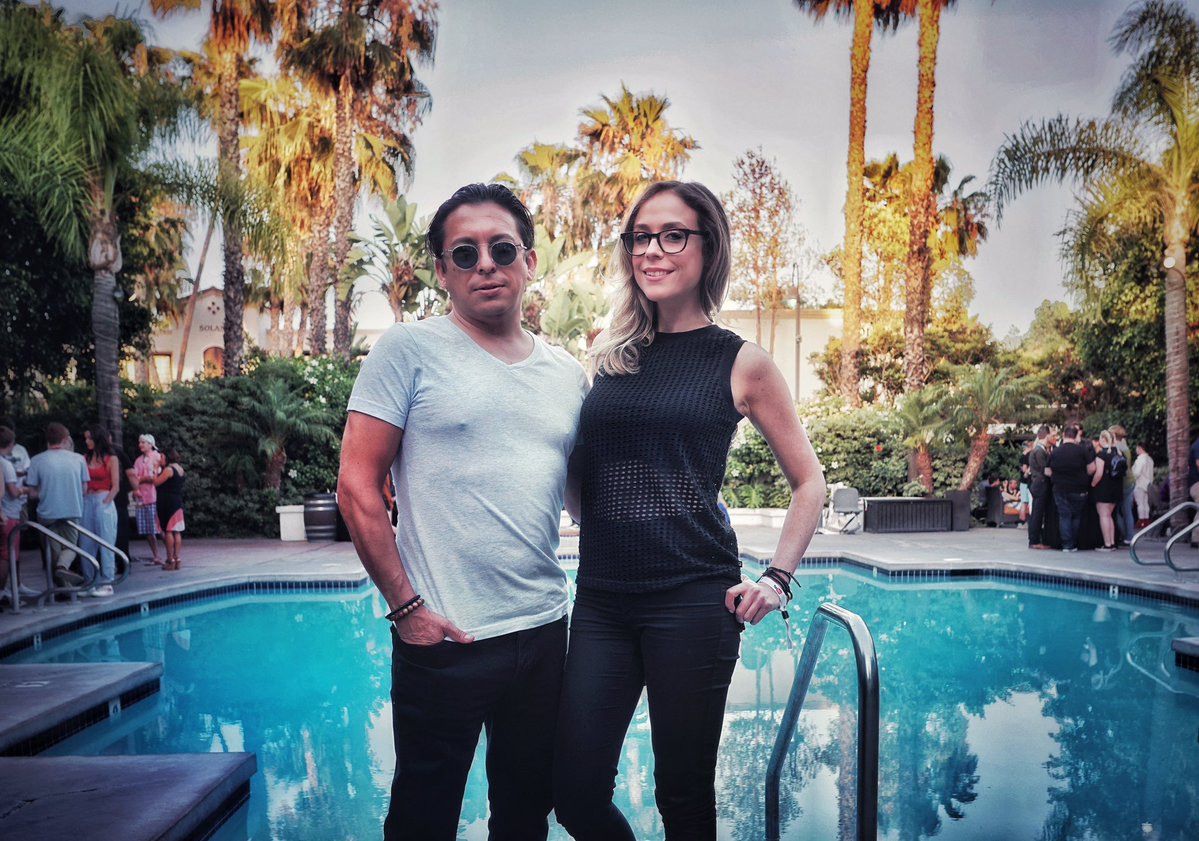
Brian Solis and Shira Lazar, co-founder and host of What’s Trending, credit: Calvin Lee
See you next year!
About Brian
Brian Solis is principal analyst and futurist at Altimeter, the digital analyst group at Prophet, Brian is world renowned keynote speaker and 7x best-selling author. His latest book, X: Where Business Meets Design, explores the future of brand and customer engagement through experience design. Invite him to speak at your event or bring him in to inspire and change executive mindsets.
Connect with Brian!
Twitter: @briansolis
Facebook: TheBrianSolis
LinkedIn: BrianSolis
Instagram: BrianSolis
Youtube: BrianSolisTV
Snapchat: BrianSolis
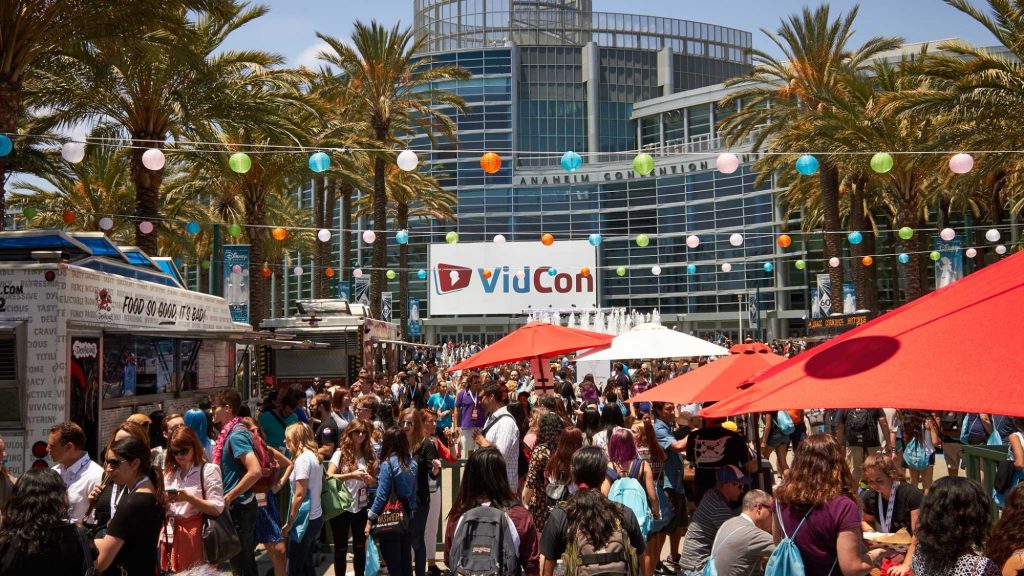
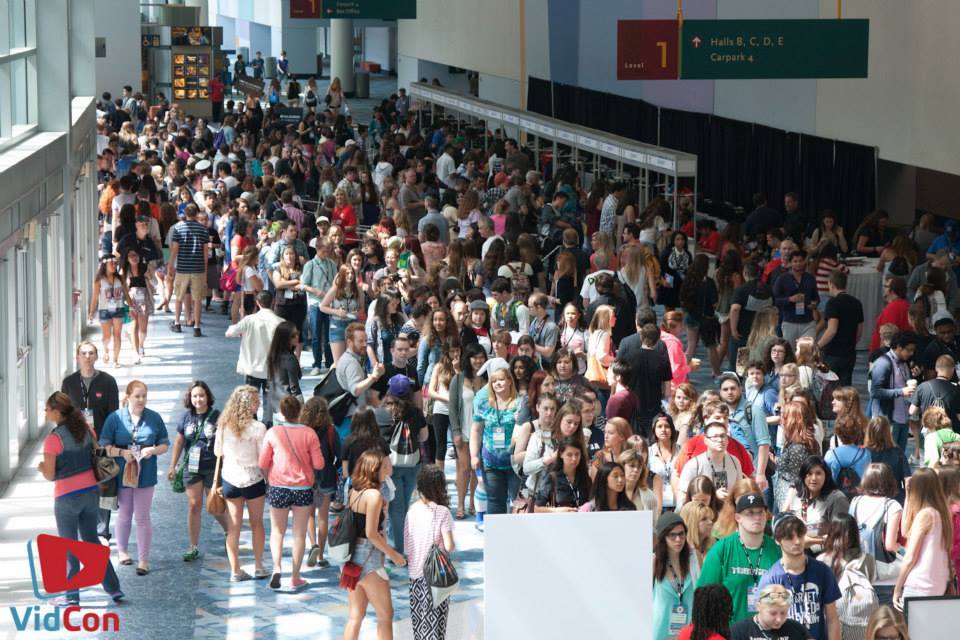
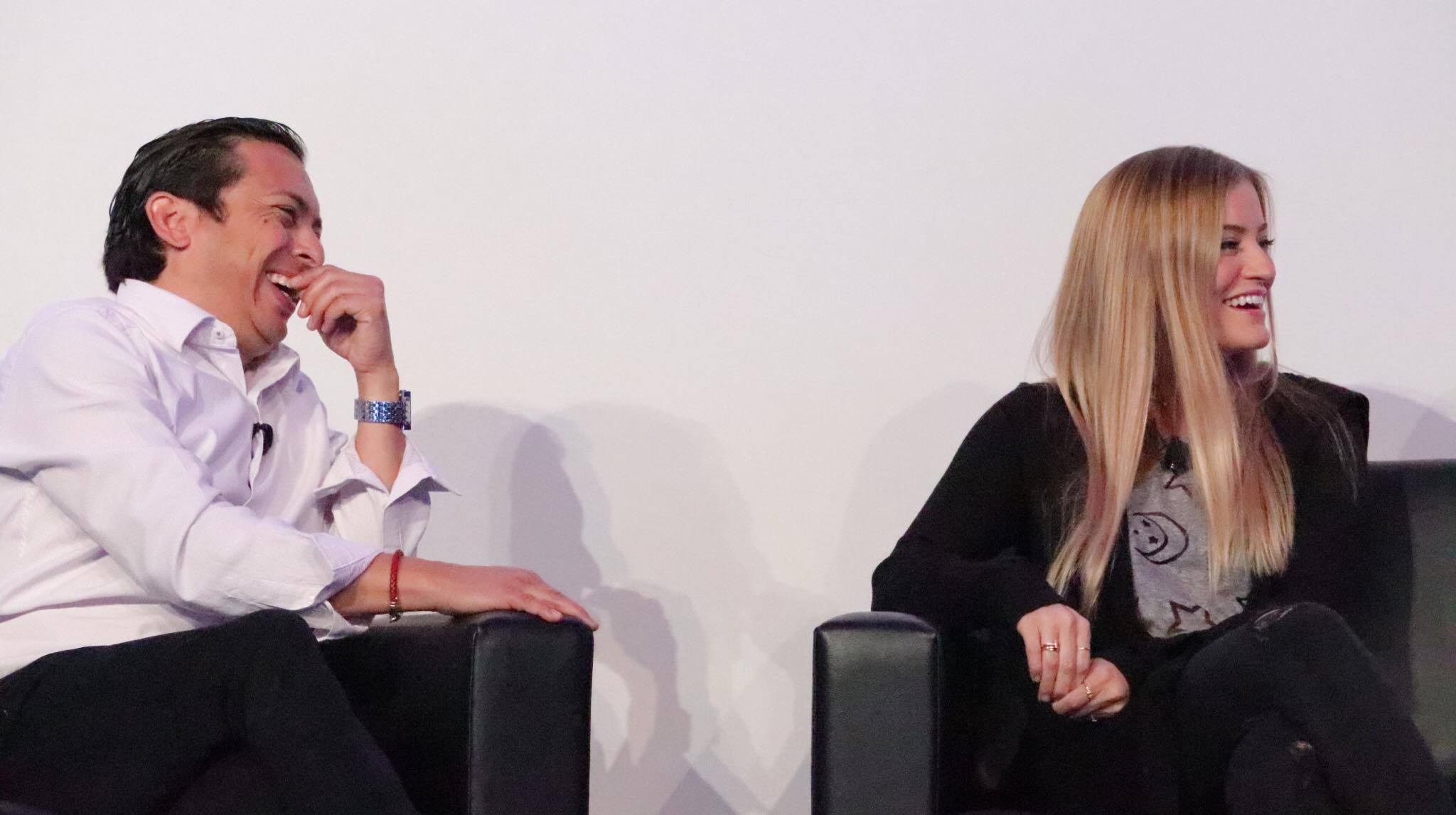
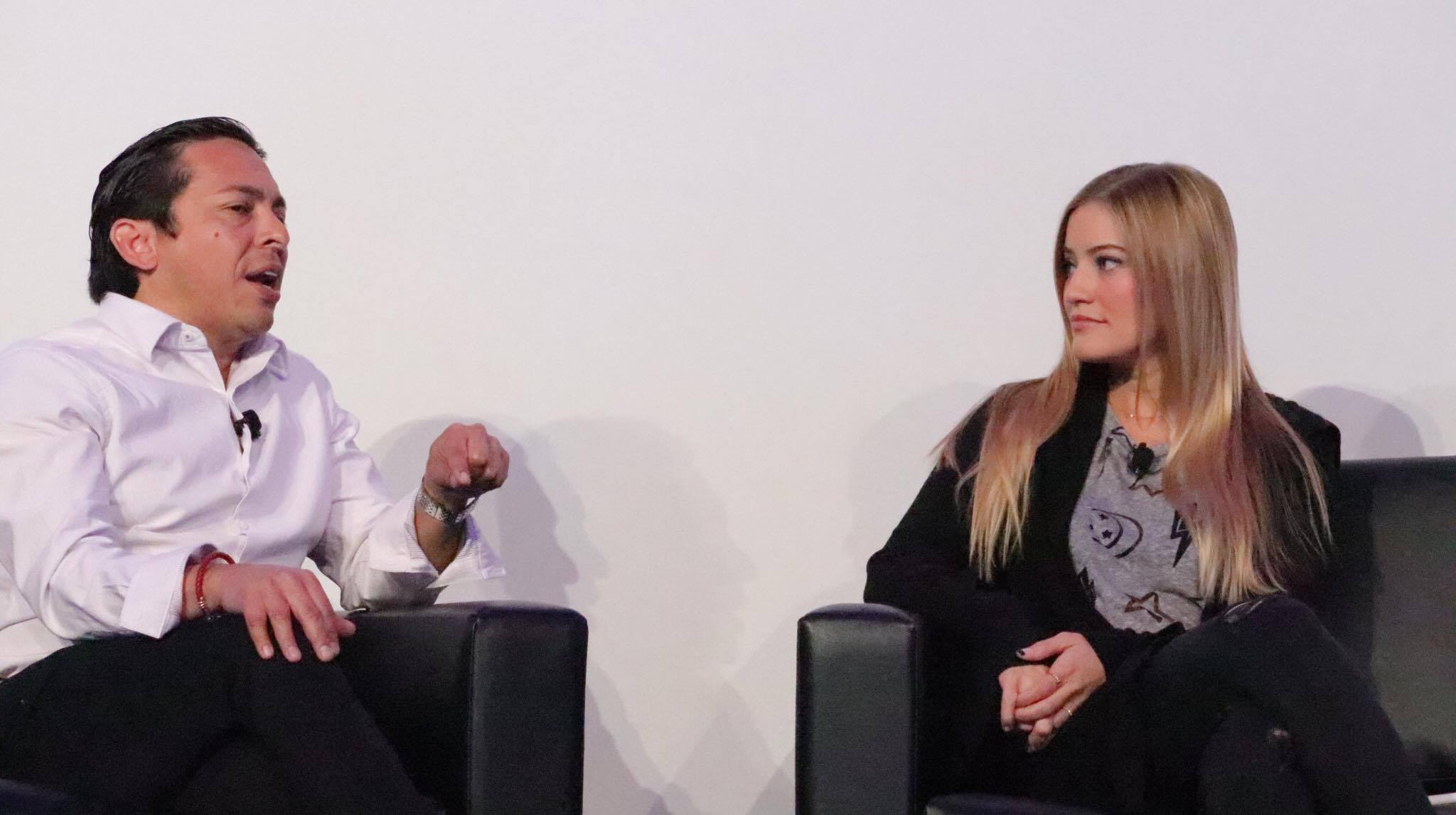

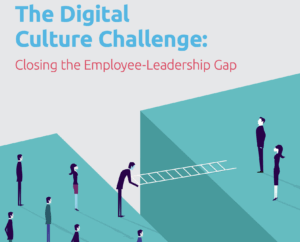




Leave a Reply